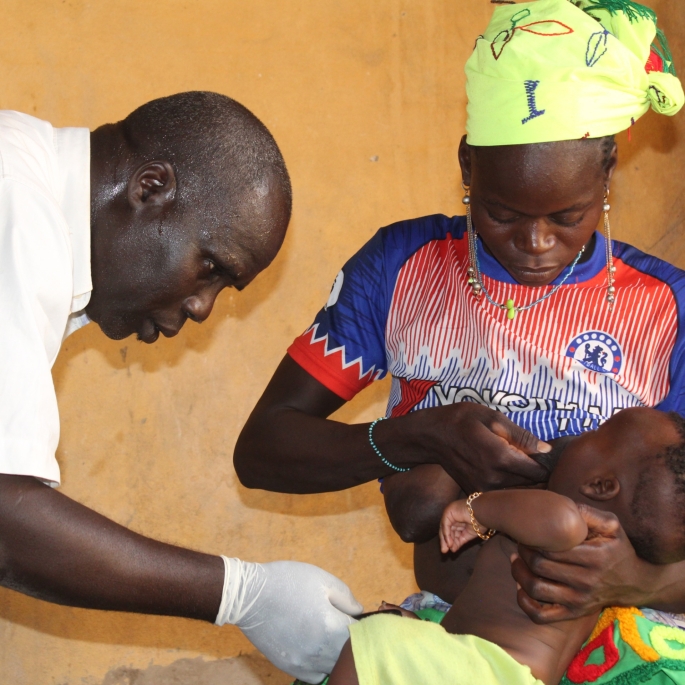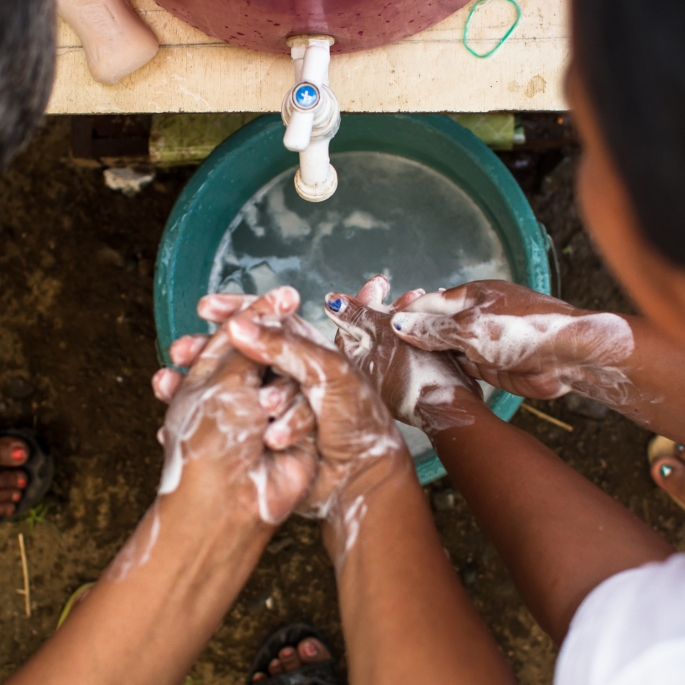BACKGROUND
Over the past several years, the global hunger and food security situation has deteriorated alarmingly, driven mainly by climate change, conflicts and economic shocks. As outlined in the 2023 Global Humanitarian Needs Overview, countries including Ethiopia, Somalia, South Sudan, and Yemen are facing catastrophic levels of hunger. Women are more likely to be affected by hunger, with 32% of women in the world being moderately or severely food insecure in 2021, compared to 28% of men.
At the same time, geopolitical tensions, notably the war in Ukraine, have caused the global nutrition context to devolve even further, particularly in countries such as Yemen that are highly dependent on imports of Ukrainian grain. Yemen is considered one of the worst humanitarian crises with about 7.6 million children and pregnant and lactating women (PLW) in need of nutrition support, as per the IPC Acute Malnutrition Analysis.
For two decades, forced displacement has continued to increase worldwide. According to the Global Humanitarian Needs Overview, at the end of 2021, the total number of IDPs had reached a record of 59.1 million – with 53.2 million displaced by conflict and violence, and 5.9 million displaced by disaster. Four countries are home to nearly half of the 53.2 million Internally Displaced Persons (IDPs) by conflict and violence worldwide (Colombia, Democratic Republic of the Congo, Syria, Yemen). Colombia is the country hosting the largest number of refugees and migrants from Venezuela in the Americas (2.48 million), with a 20% increase in refugees and migrants projected in 2023, reinforcing the pressure on humanitarian assistance. In DRC, armed violence has forced over 5.53 million people to internally displace, especially in the North Kivu and Ituri provinces, significantly deteriorating the overall humanitarian situation.





